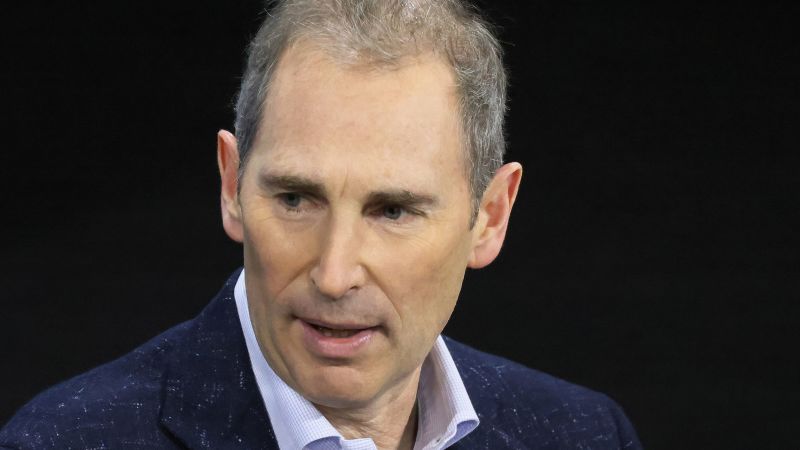In a recent edition of CNN Business Nightcap, a memo from Amazon CEO Andy Jassy has reignited discussions about the impact of artificial intelligence (AI) on the workforce. The document, titled “Some thoughts on Generative AI,” extends to 1,200 words, in which Jassy highlights Amazon’s advancements in AI technology. His claims include enhancements to Alexa, Amazon’s personal assistant, and improvements to their customer service chatbot. However, the critical aspects of the memo unfolded later in the text, leading to a significant moment around paragraph 15.
In this passage, Jassy hinted at a potentially staggering shift in Amazon’s workforce. He stated, “We’re almost certainly going to replace some Amazon workers with AI ‘agents.'” The timeline for this transition? Jassy suggested it would occur in the “next few years.” This acknowledgment raises essential questions about the scale of job displacement; Jassy admitted it’s challenging to predict just how many employees might find their roles redundant due to these technological advancements. He mentioned an expectation of a workforce reduction as efficiency rises with the increased use of AI across Amazon.
While Jassy’s memo painted an optimistic outlook on AI, it also bore ominous implications for many workers. The rapid advance of technology suggests that “many of these agents have yet to be built,” yet Jassy assures us they are “coming fast.” This strategy reflects a time-old tactic utilized by corporate leaders: instilling a sense of fear regarding job security to keep employees diligent and productive. It’s alarming when viewed within the broader context of tech leaders remarking on potential job losses due to automation. For instance, Dario Amodei, CEO of Anthropic, posited that AI might eliminate half of all entry-level white-collar jobs within five years. While his assessment is grim, it is not uniquely shared across the tech landscape, as leaders like Jensen Huang of Nvidia and Demis Hassabis from Google DeepMind voice skepticism towards such dystopian predictions.
It is vital to scrutinize the recurring theme of these AI-centric alarms, particularly when they originate from individuals likely to profit from AI advancements. Automation has existed for decades and has significantly reshaped the labor market, yet the assertion that generative AI will lead us to an apocalyptic scenario is more fiction than reality. Large language models, which enable many generative AI applications, may impress users but also exhibit significant deficiencies. Their growing size does not equate to improved reliability; in fact, the tendency to “hallucinate” information—generating inaccuracies—has become more pronounced.
Moreover, Jassy’s memo notably refrains from suggesting that AI poses a threat to his employment or that of his executive peers. This omission invites scrutiny around what AI technologies excel at versus what they currently struggle with. While these systems may handle information synthesis and strategic problem-solving, they lack the physical capabilities to perform manual tasks, signifying a gap that has yet to be bridged. Furthermore, it raises discomforting questions about who truly stands to benefit from these advancements, especially as they often echo the rhetoric of “flexibility” found throughout the tech evolution of the last thirty years.
The implications of AI-driven workplace innovations have been mixed. For instance, a report from Microsoft pointed out that, rather than saving office workers from tedious tasks, current technologies seem to entrap them in an “infinite workday.” Amidst an evolving, tech-centered workplace, the average professional now encounters frequent interruptions from constant notifications, leading to increased stress and diminished productivity.
Nevertheless, it’s worth noting that Microsoft recognizes the shortcomings of its own paradigm and proposes that part of the solution may involve integrating AI agents into work processes. This balance of fear and optimism concerning AI is a juxtaposition ripe for exploration, as it continues shaping the future of work in profound and unpredictable ways. In the ongoing dialogue surrounding AI, these themes will undoubtedly persist, shaping not only the strategies of major corporations like Amazon but also the lives of millions of workers navigating this complex landscape of technological evolution.



